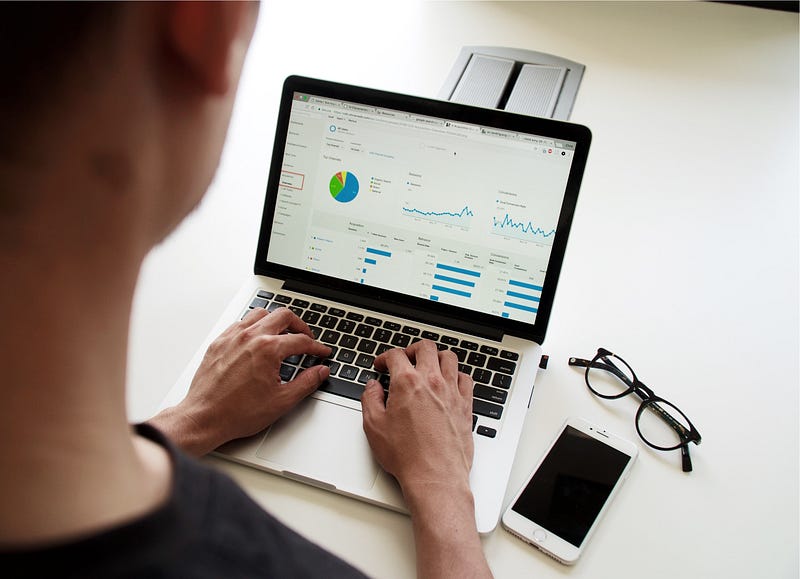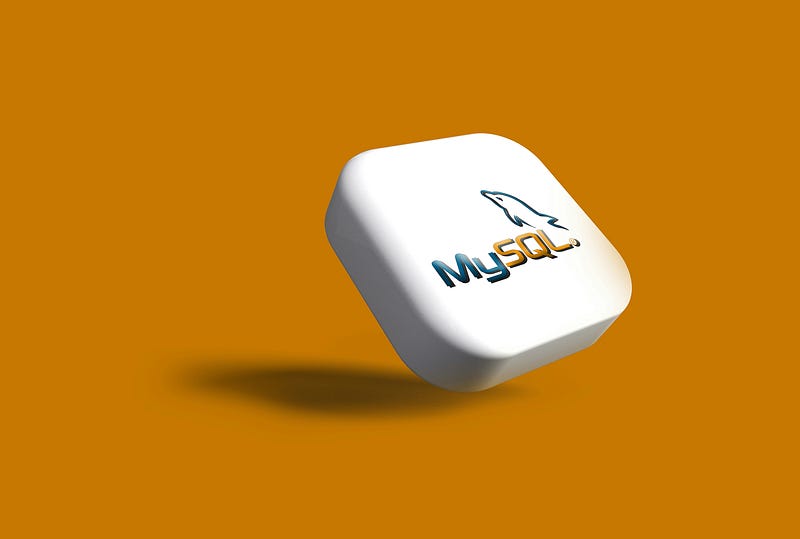How I’d Self-Learn Data Analysis in 2024
And Additional Steps Beyond Technical Skills that Landed me a Data Analyst Job Without Experience.

If you’re still not a Medium Member, you can read the full article by clicking here.
Do you want to learn Data Analysis in 2024?
You’re in the right place.
I know that you probably saw a lot of videos and read a bunch of articles about this.
But wait: here I’m gonna share 2 additional steps beyond the usual technical skills that helped me to land my first data analyst job, even without experience.
And no, those additional steps are not just projects.
So are you ready for it? Let’s go!
Spoiler: don’t start with Python if you wanna focus on data analysis.
Another Spoiler: 2 additional steps beyond technical learning will make you land a data analysis job.
Step 1: Learn Excel

Yes, this is the first technical tool you need to master.
Mastering Excel is absolutely necessary for data analysis.
Believe me, you will use it a lot!
Learn how to:
- manipulate data
- do quick data analysis with sorting and filters
- perform calculations
- create pivot tables
- visualize insights.
One channel that I loved to master was the Excel Dictionary: https://www.youtube.com/@ExcelDictionary
Believe me, she’s the god of Excel.
Step 2: Learn SQL (Structured Query Language)

Next, you must delve into the world of SQL (structured query language), which is the language of databases.
This is another tool that you will use a lot! And it is very easy to learn!
Learn how to:
- retrieve data
- manipulate data
- analyze data stored in relational databases.
One channel that I loved to understand and master SQL was: https://www.youtube.com/watch?v=0rB_memC-dA
Look at his projects, they are truly awesome!
Step 3: Learn Tableau/Power BI

Once you have a solid knowledge of Excel and SQL, you need to visualize data.
There are several options here, but all work kinda the same.
In my company, for example, we don’t use either Tableau or PowerBI, but Looker.
But once you learn one of these tools it will be easy to familiarize yourself with other ones!
Learn how to:
- Create storytelling visualizations.
- Create interactive dashboards.
I started learning Tableau with the help of Alex the Analyst, and I highly recommend his videos: https://www.youtube.com/watch?v=zOR0-nygfDE
Step 4: Learn Python

Surprised that Python is on Step 4?
Well, the reason is that Python is not as fundamental as Excel, SQL, and Tableau.
Don’t get me wrong.
Python can give you a huge advantage, and it is recommended that you learn it. Some tasks and calculations are easier to do in Python than in SQL, for example.
In my job, I use Python to automate weekly analysis, create forecasts to predict performance and make complex calculations.
Learn how to:
- Use numpy and pandas libraries to perform advanced data manipulation and analysis tasks.
- Use matplotlib.pyplot and seaborn libraries to make visualizations.
- Automate repetitive tasks.
- Use streamlit library to create simple apps to show your insights to other teams.
- Statsmodel library to perform simple statistical tests.
Step 5: Make Projects and PowerPoint Presentations

This is the most important part of the roadmap.
You will not learn data analysis just by watching videos.
Take time to work on real projects.
There’s a lot of data around there! And you can easily find something that is interesting for you.
I already wrote an article about this:
- Choose projects that align with your interests or job applications.
- Work on notebooks so is easy to share your insights with others.
- Make PowerPoint or Google Slides presentations sharing the results of your analysis. Add visualizations and bullets.
- Improve your communication.
- Have fun 😃
By working on projects, you’ll gain practical experience, and your potential employers will know that you can perform data analysis, and not just have a bunch of certifications.
Note: when I received my technical assesment (that was a SQL task), I didn’t only send my queries, but a presentation in Google Slides with visualizations and bullets. In the interview, they congratuladed me. Weeks later I started a job there.
Step 6: Online Presence

I think this step is as important as the previous one, especially if you don’t have a degree.
One way to outstand others is to show your work.
- Set your LinkedIn correctly, and post regularly about your projects or insights.
Posts generate impressions that recruiters will notice.
- Write blogs about your data analysis projects.
Start on Medium, don’t waste time figuring out how to host your blog. Medium it’s easy, free, and has an audience ready to read your stories.
- Make a GitHub repository to store your projects.
- Record yourself a presentation of your findings and insights of your project and post it on YouTube.
By doing this you’re building an online presence, that will make you to stand out from others.
Conclusion
We arrived at the end of the roadmap!
Mastering data analysis requires both technical skills and practical experience.
By following this roadmap and getting consistency in studying I’m sure you will land your job!
But please, don’t forget to make projects, make Google Slides or PowerPoint presentations, and most importantly:
Show your Work. Make Online Presence.
Thanks for reading!
❤️ If you liked it, please clap 👏 (50) to motivate me to write more about science, programming, study techniques, and productivity!
🦜 Follow me for more content.
See you!
Stackademic
Thank you for reading until the end. Before you go:





